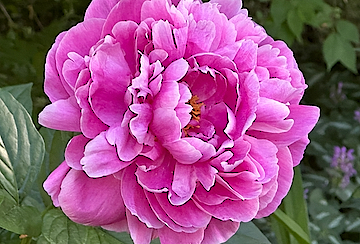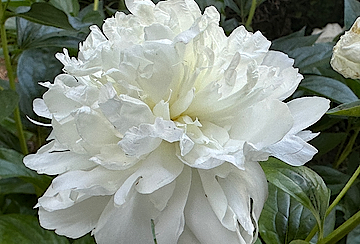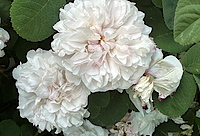
Soil Composition

Soil composition is characterized by its texture, pH, moisture, and nutritional value.
Take a clump of soil in your hand and squeeze it to determine its texture: if it sticks together, it is clay, if it seeps through your fingers, it is sand or silt, and if it loosely holds its shape, it is loam.
Loam is the ideal soil for gardening, as it is packed with nutrients, gives the roots a solid hold, and drains water well.
To find out the pH, a soil test is the most accurate way, but if you don't have one, observe which plants are thriving. If you have azaleas, astilbe and ferns in your garden, then chances are your soil is acidic, or sour. If hostas, sage, hellebores and lilacs do well, then you probably have alkaline, or sweet soil.
Ideal garden soil is slightly acidic, with a pH between 5.8 and 6.5, although plants can manage a broader range if they get enough sun and nutrients.
Soil moisture is easy to tell: if the soil looks dry, it is dry. You can only water it so much.
As for soil fertility, all soils become impoverished by constant use, which is why the practice of letting land lie fallow to allow it to rest was instituted.
Replenish soil nutrients regularly, especially if you're cultivating plants that bloom or bear fruit, as these use a lot of energy.
If possible, amend the borders with compost, well-rotted manure, or fresh garden soil each spring. If not, incorporate a side dressing of fertilizer into the soil, and use a blend of coffee grounds, ground eggshells and minced banana peels in lieu of mulch.

Special Conditions

When designing a garden, special features like soggy or rocky areas, bodies of water, slopes, and consistent prevailing winds override all other considerations.
Each of these conditions gave rise to its own species and those species are the only ones that will thrive in them.
Boggy sites are ideal for rain gardens, where they handle water runoff by preventing it from leaving the site.
Plants such as mint, foxtails, astilbe, turtleheads, creeping Jenny and Siberian irises will flourish there.
Waterlilies, marsh marigolds, and yellow flag irises only grow in ponds or places that remain consistently waterlogged.
A combination of vinca, creeping phlox, dead nettle, and junipers can be used to stop erosion on a sunny slope while making it look beautiful. For a slope in the shade, try pachysandra or ivy.
Rock cress, periwinkle, hens and chickens, ice plant, sedum, soapwort and thrift are all suitable for rock gardens.
To combat persistent wind on the site, plant arborvitae, yew, lilac, hazelnut or viburnum hedges as windbreaks.
